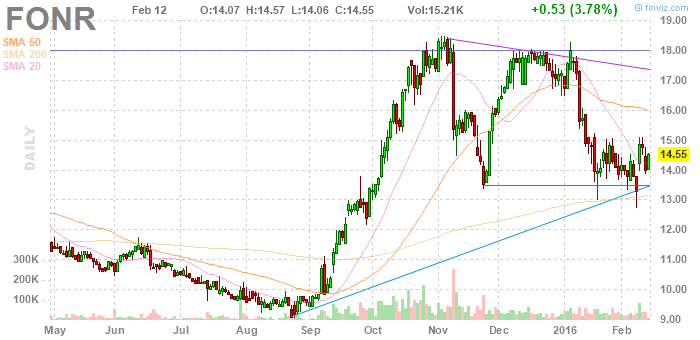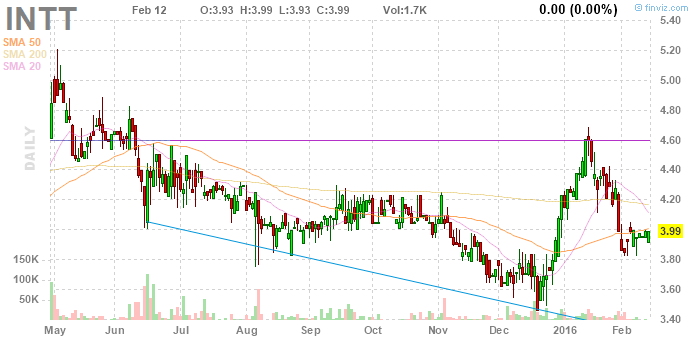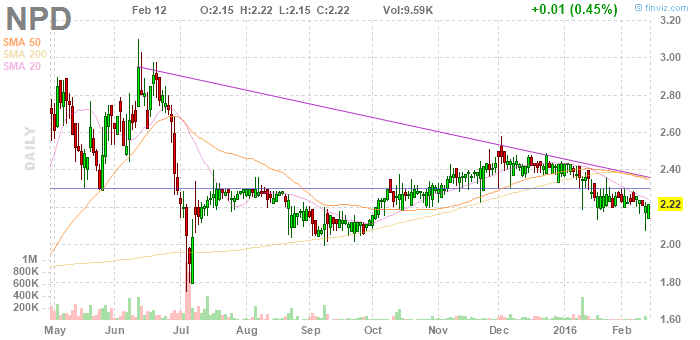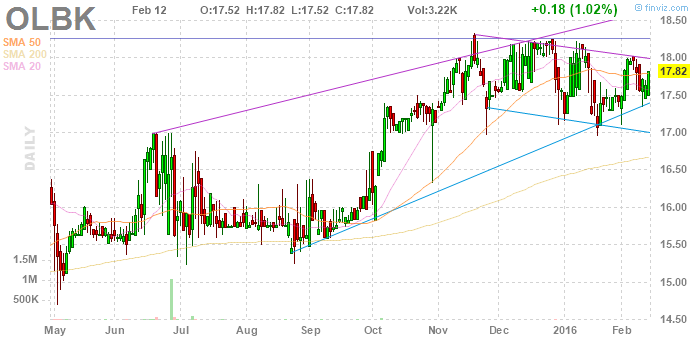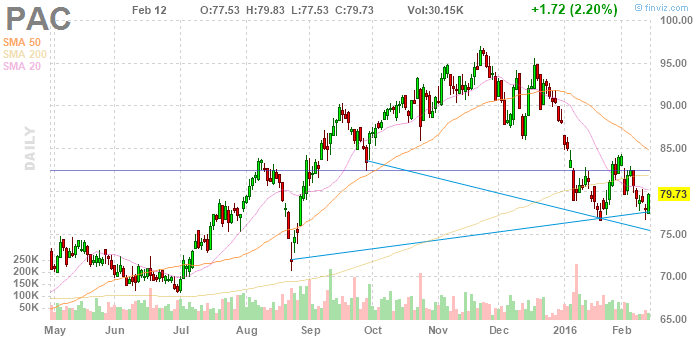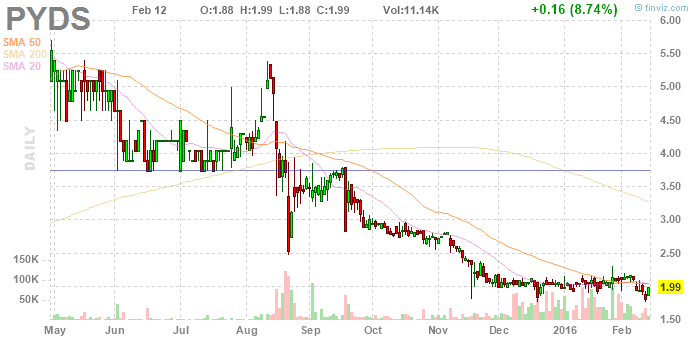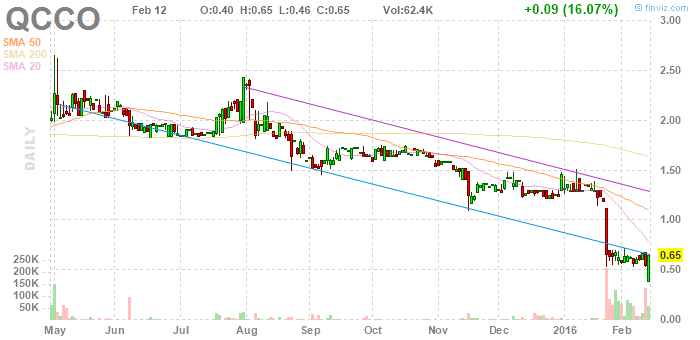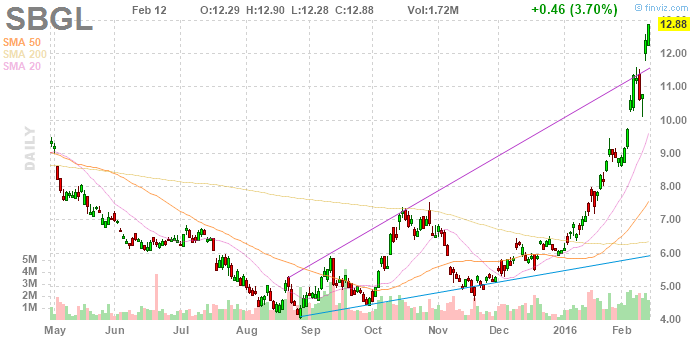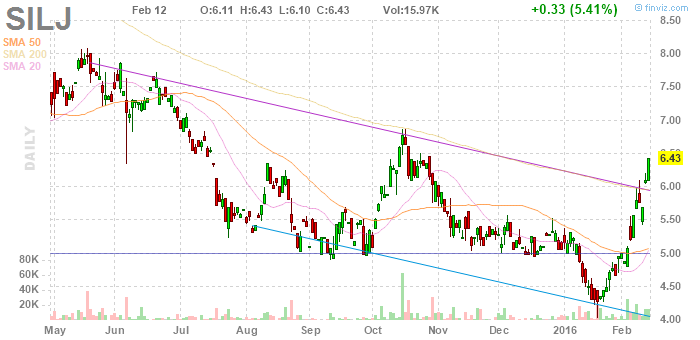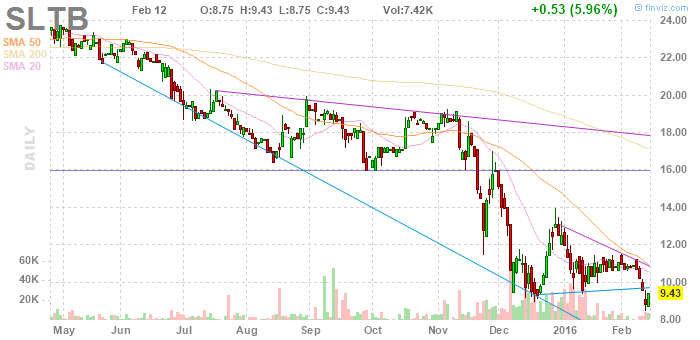what would your investing look like?
let's say you have a Scottrade account with $1000 in cash in it.
should you invest all of it in one company? if you win, you save a little on commissions. or should you invest $100 in each of ten stocks?
what would be the advantage of the latter? ironically, it would hold you to a long term commitment, or push you in that direction, and that could be a good thing. certain very informed investors would have you never look at your stocks, by the way. it could be said i'm training you in bad habits, here.
the other reasons would be you aren't sure of yourself and diversification might help, but maybe then you should do more research, or you can't decide between the many fine stocks you're seeing, and then one or another might do especially well, and it might be good you bought even a little of it. i suppose.
or you might have looked at all the evidentiary charts, if that's a word, and decided trading is for you, and that you can pick the especially good ones for super-rapid gains. then the solitary investment is definitely it ... with a stop! how is that constructed?
anyway, what are the actual mechanics of buying a stock? i've been writing about buying at the breakout level, so, seeing a signal, you could place a limit order there, all or nothing, even guc. (do you know what a limit order is? do you understand it well?). but it only might be filled.
you could place your limit a little higher ... i mean just a smidge. then it might be more likely to fill. and you could, conceivably, watch the market, and i mean during the day, and if it gets near the breakout level, buy at the market. you could do that.
but, if you don't want to do that, if the fundamentals are compelling, just buy at any price, or place your limit at the breakout day high, assuming it isn't all that elevated - assuming it looks just right based on your extensive inspections of historical examples.
watching a stock all day is hard. it might be fun, but it's probably kind of a silly thing to do. maybe we can learn to predict a good limit effectively. so far everything worthwhile has touched the breakout limit ... in a few cases that might be considered worthwhile gone through it. maybe orders near the breakout level, a little above the breakout level, are actually likely to be filled. experience will tell.


